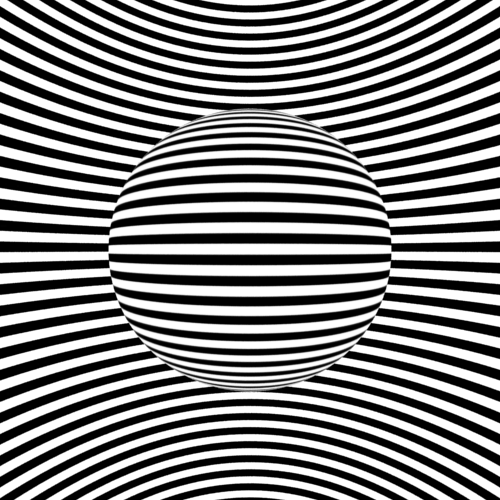Image via DerrickT/Flickr
Advertisement
The familiar visual tricks you see all over the internet are basic examples of motion aftereffects at work.
Advertisement
Wallisch, via his Google+ page
Advertisement
Advertisement
Science lies in thoughtful methodology, not improvised explanations. As such, procedures in neuroscience experiments—the imaginative designs, the grizzly politics, the seizure-inducing power of machines—are best understood when thoroughly expounded upon by researchers. So we cut short the tour to get afternoon tea at department headquarters, where Wallisch expanded on the possible implications of motion aftereffects elicited by music.“This ties in with a more general notion that what you do with your brain matters,” Wallisch said. “This is generally true for the brain, even in extreme cases. For instance, the brain won’t let brain regions lie fallow. So people who are congenitally blind reappropriate the visual cortex, where visual processing happens, for other functions, like hearing and language processing.”This means that the music you put into your brain matters because it influences how you perceive reality. Mozart will not make you better a mathematician any more than Slipknot will make you a murderer, but listening regularly to either will influence the model of reality your brain is constructing for you.The music you put into your brain matters because it influences how you perceive reality.

Advertisement
“Much of pop music has similar chord structure, and pop music is much more like Mozart than jazz, which blows away the principles and constraints of classical music,” said Changizi.But why does your brain confuse melody with motion? The motion aftereffect elicited by confusion between your brain’s audio and visual feeds results from your use of vertical motion to describe sonic movement. When you hear ascending scales, you say the music is going “up” the keyboard and “down” the keyboard when scales descend. But on a keyboard, hands playing scales move left and right, not up and down.The motion aftereffect elicited by confusion between your brain’s audio and visual feeds results from your use of vertical motion to describe sonic movement.
Advertisement
